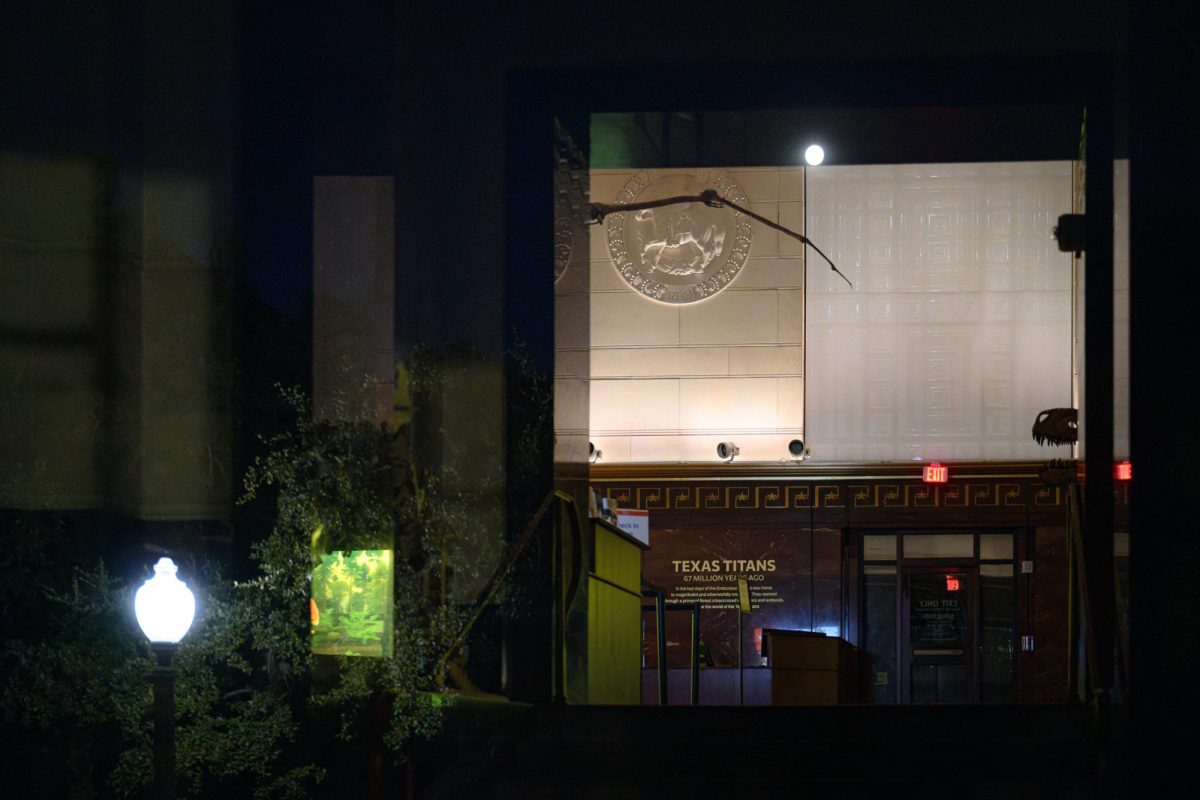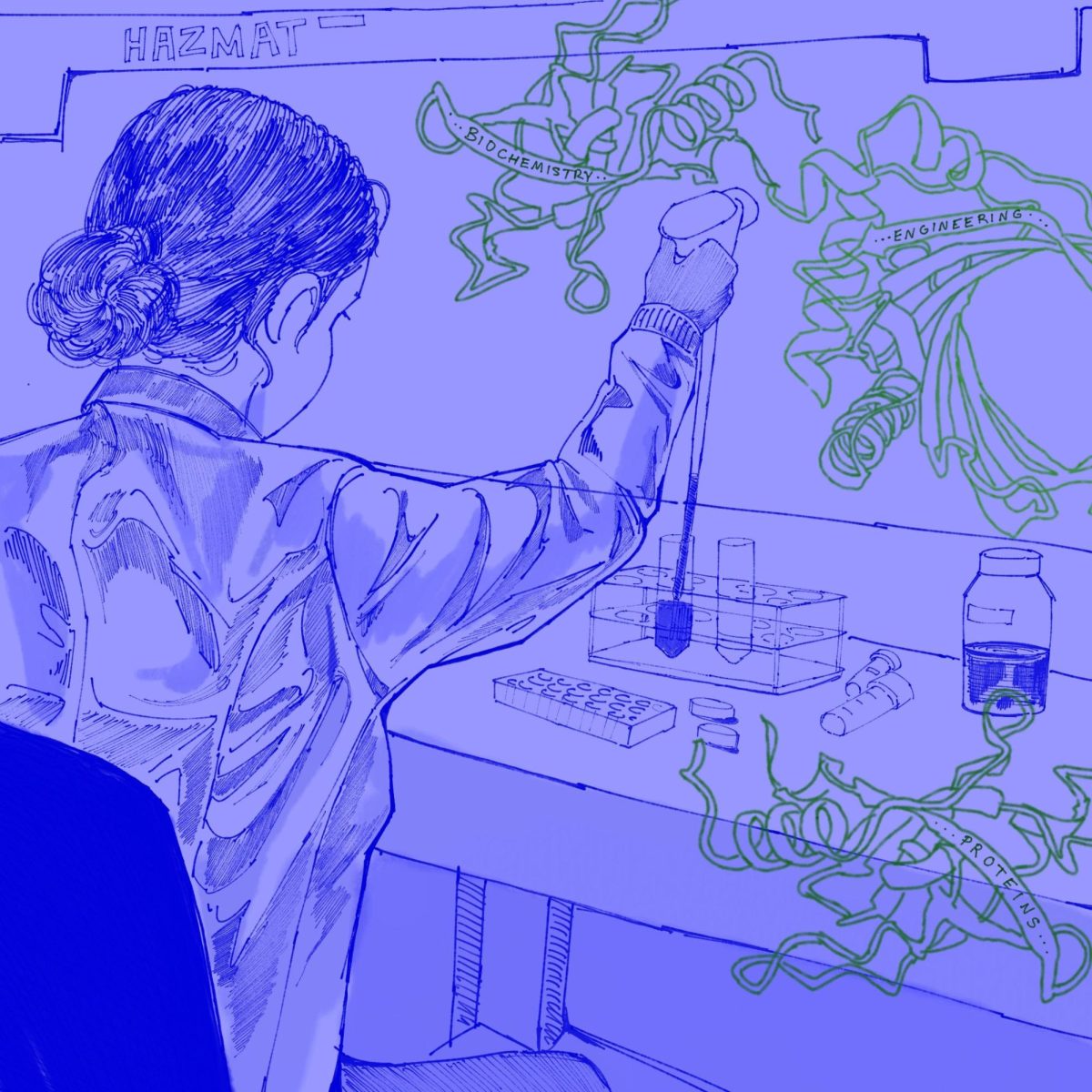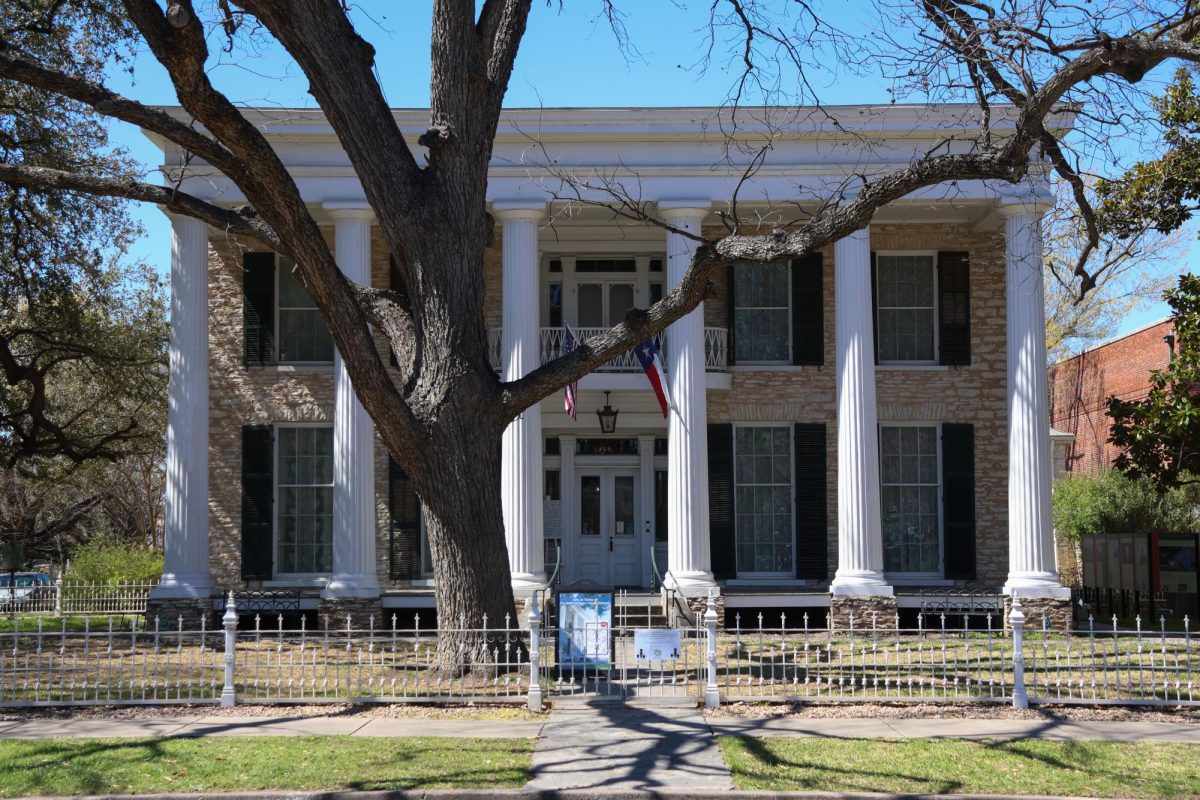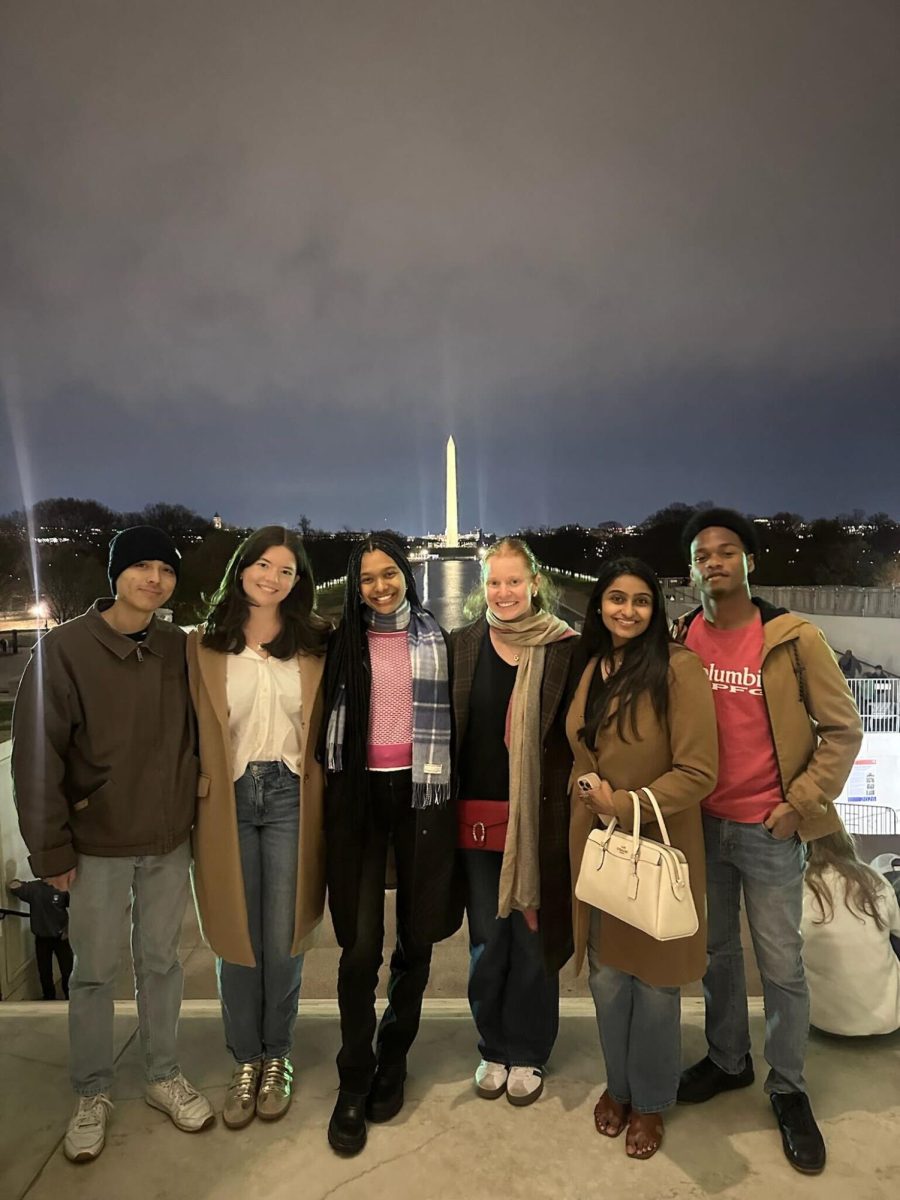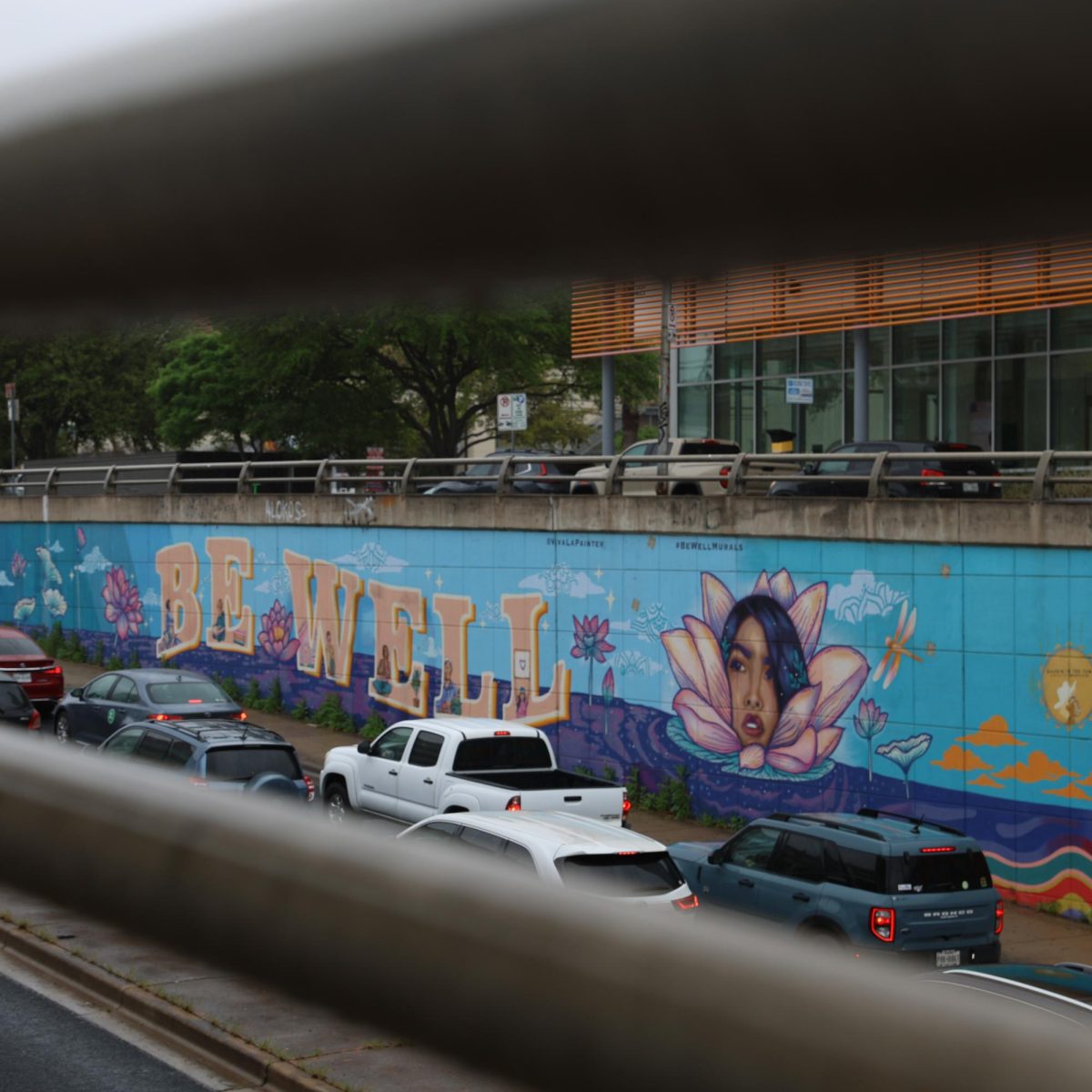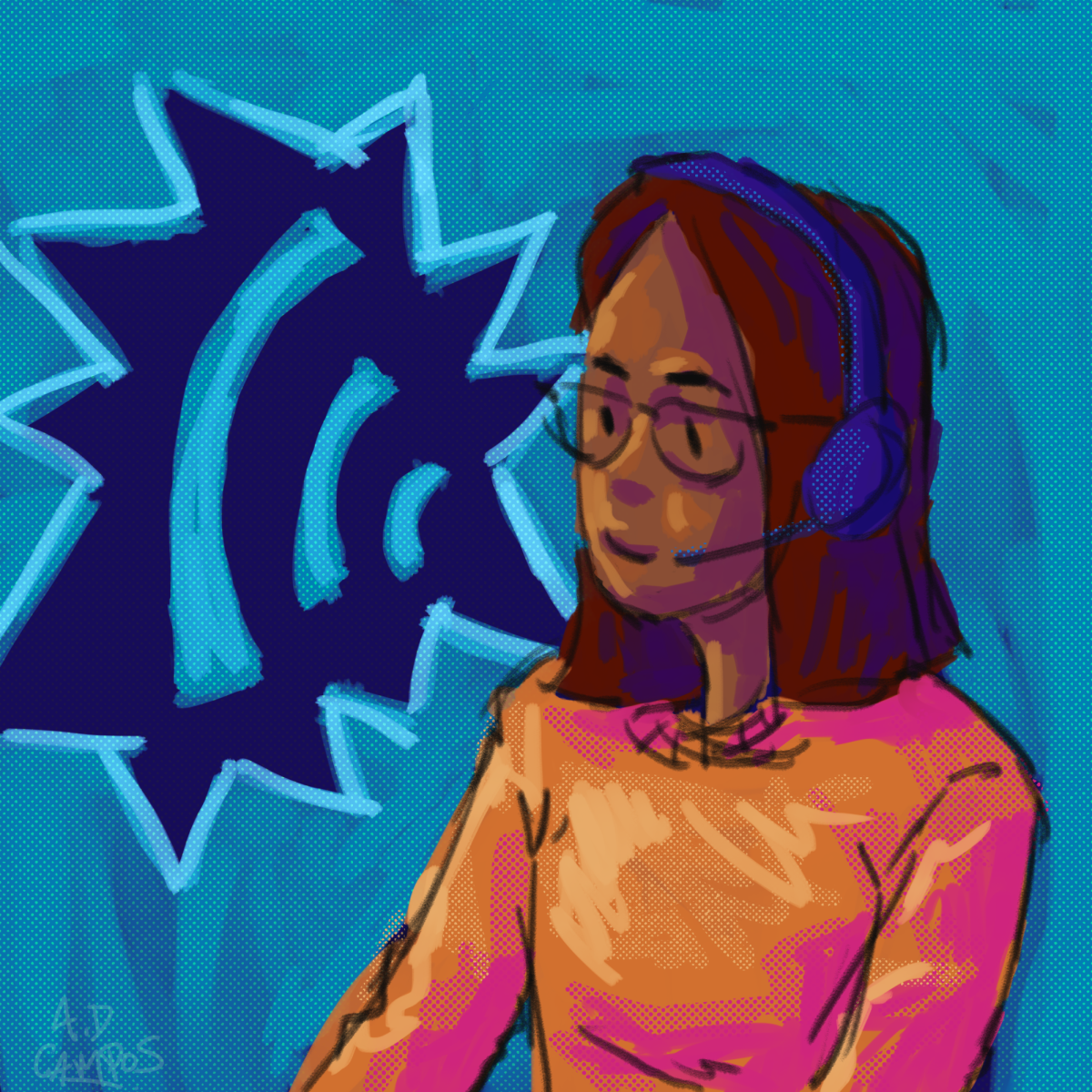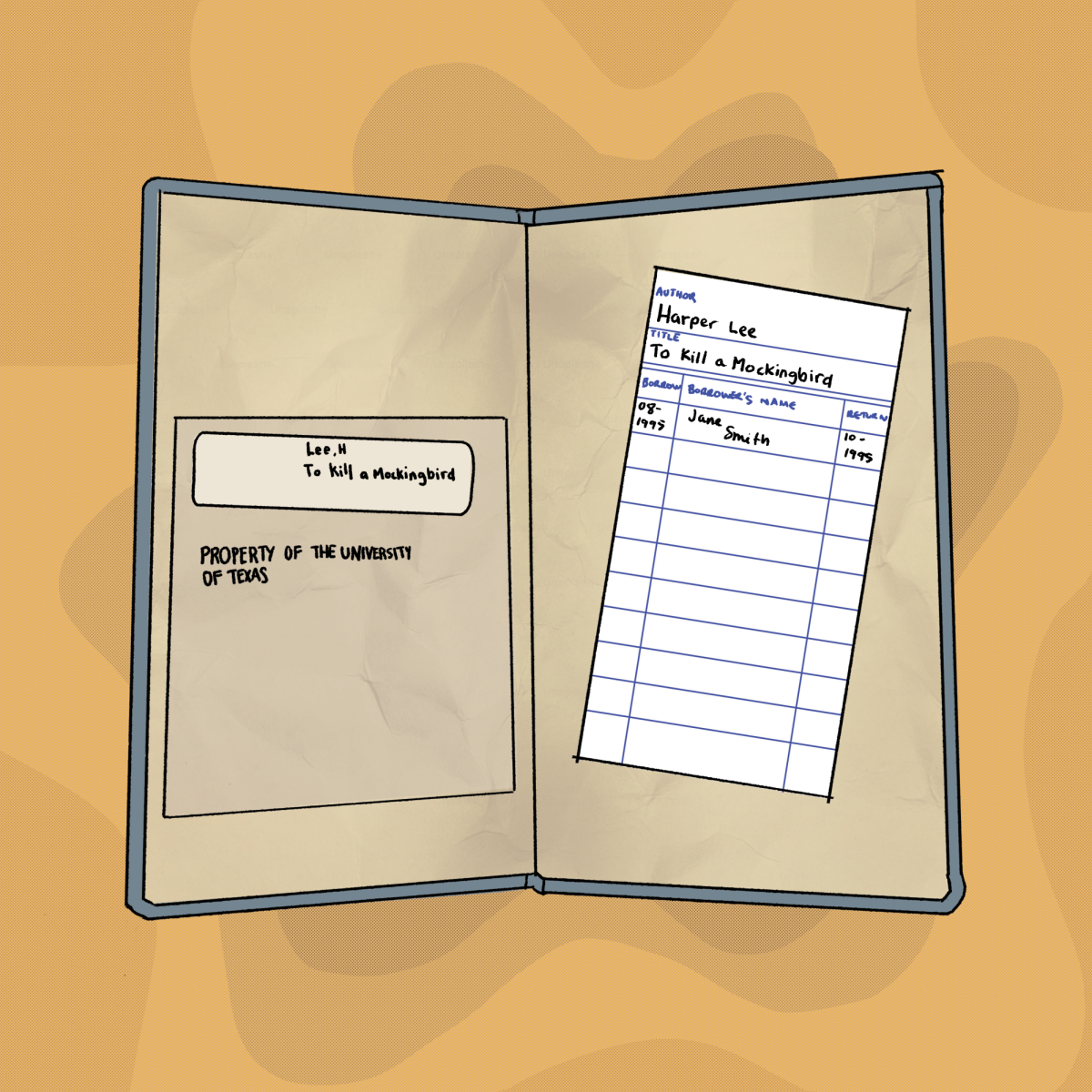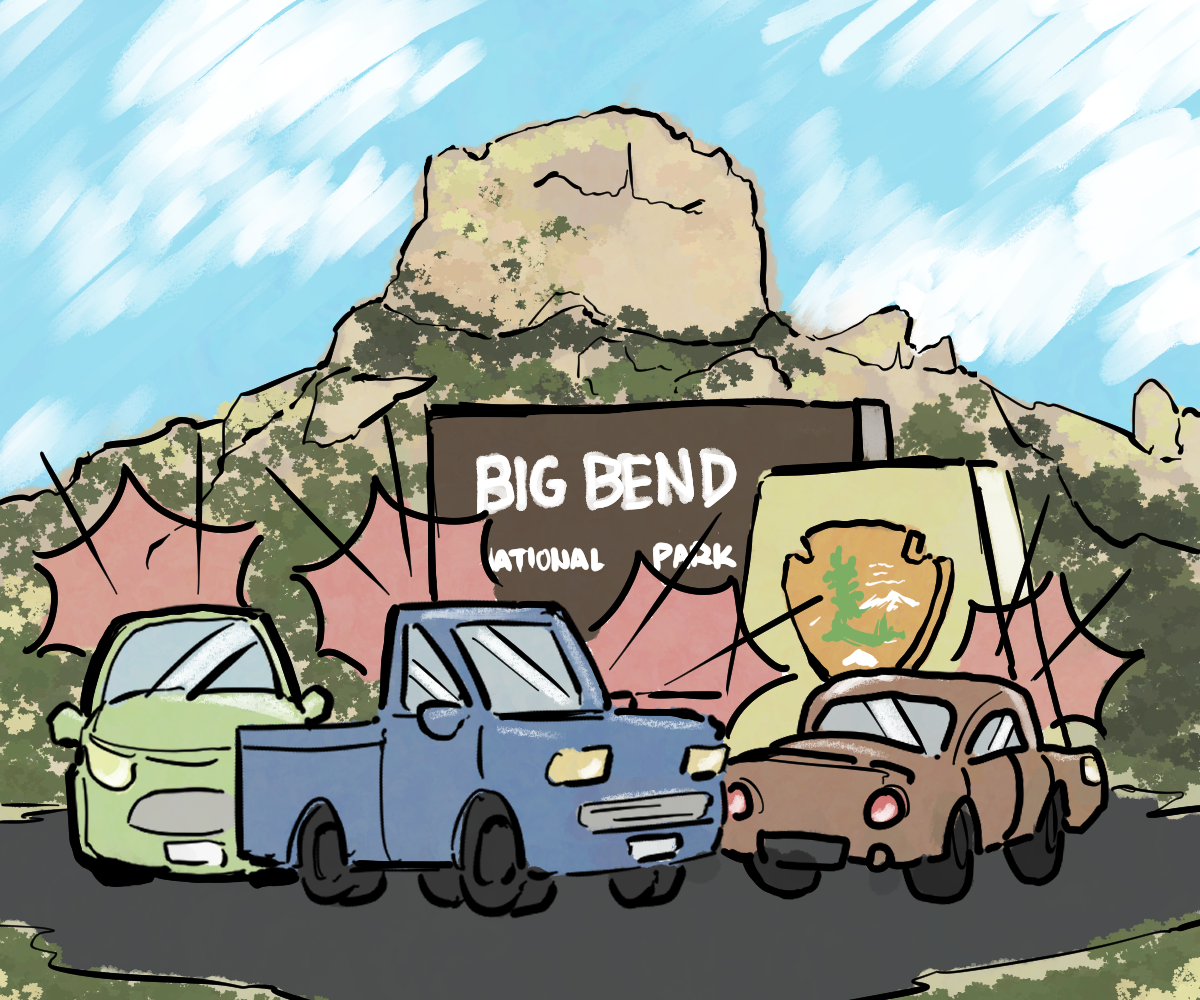The on-campus Texas Science and Natural History Museum announced on Sept. 30 that attendance has almost doubled since the museum reopened its doors last fall.
Carolyn Connerat, managing director of the museum, said attendance grew from 38,000 in 2019 to 75,000 in 2024. The renovations and new exhibits helped draw students of all ages to the museum, Connerat said. Over 300 schools ranging from pre-K to high school have visited for field trips since the reopening.
“We are thrilled at the number of University students who get free admission who have started to come back to the museum,” Connerat said. “We really want to encourage them to realize this is a place for them to enjoy coming to when they just need to get out of the heat, but also to wander around and see everything.”
Visitor services assistant Audrey Donovan said the museum highlights Austin history because many of its artifacts come from local areas.
“There’s a lot of good references to things that locals would know about, so that is really great,” Donovan said. “It’s a good way for local Austinites and local Texans to better understand the history of their home.”
The museum now showcases fossils from local archaeological sites directly in its entrance.
“The great hall floor, which we call Texas Titans, includes Quetzalcoatlus, which is the largest flying animal ever … and our new Texas Tyrannosaur,” Connerat said. “Both of these were found in Big Bend National Park, so they’re both from Texas.”
Mario Nawar, a Plan II and government freshman, said the museum provides opportunities for UT students to supplement their classes.
“I was looking at museums for an assignment from history class, but looking at the options on campus, I was attracted to this the most because of the different historic animals,” Nawar said. “Especially when I saw the big T-Rex in the main hall, I was like, ‘Yeah, I’m coming to this one.’”
The museum plans to open more exhibits in the spring, including an area featuring UT research and a Discovery Center with interactive, hands-on learning, Connerat said.
“We’re continuing to do the work to make this the premier museum of science and natural history for all of Central Texas,” Connerat said. “Because this is really a museum for our students, faculty and staff in the area and for the greater Austin community to bring their families.”

